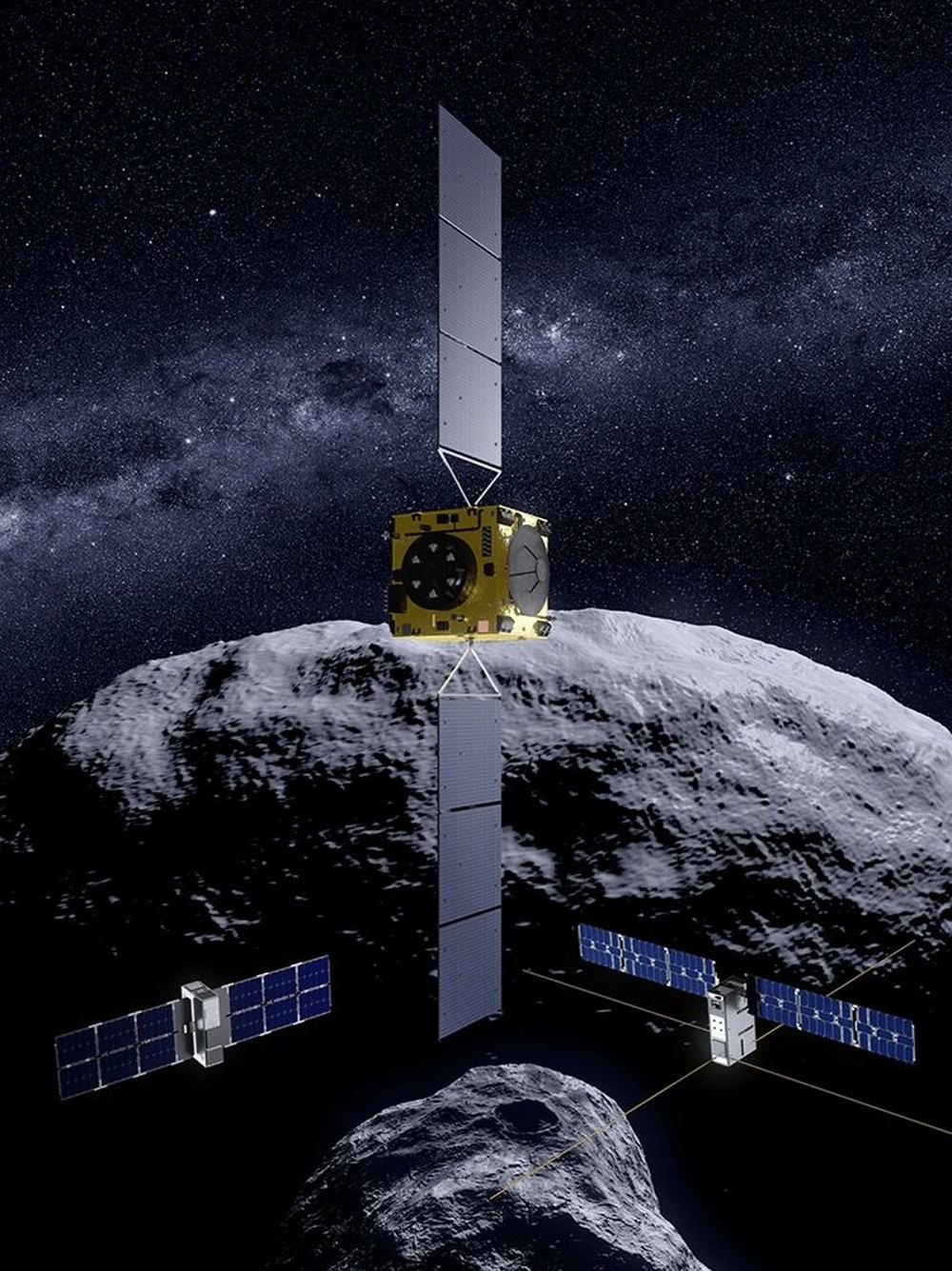Innovative Sound-Based System Enhances Wind Measurement on Mars
by Clarence Oxford
Los Angeles CA (SPX) Aug 14, 2024
Mars presents a challenging environment for measuring wind speeds due to its extreme temperatures, thin atmosphere, and dusty terrain. Traditional methods, such as gauging the cooling rate of heated materials or using cameras to observe “tell-tales” swayed by the wind, have provided valuable data on Martian weather. However, as plans to send astronauts to the red planet progress, there is a growing need for more advanced tools.
In a recent study published in ‘JASA’ by AIP Publishing on behalf of the Acoustical Society of America, researchers from Canada and the United States introduced a novel sonic anemometric system designed to measure wind speeds on Mars. This system employs a pair of narrowband piezoelectric transducers to determine the travel time of sound pulses through the Martian atmosphere, taking into account factors such as transducer diffraction effects and wind direction.
“By measuring sound travel time differences both forward and backward, we can accurately measure wind in three dimensions,” explained study author Robert White. “The two major advantages of this method are that it’s fast and it works well at low speeds.”
The team aims to measure wind speeds up to 100 times per second, with the capability of detecting speeds as low as 1 cm/s. This represents a significant improvement over previous methods, which could only record approximately one wind speed per second and had difficulty tracking speeds below 50 cm/s.
“By measuring quickly and accurately, we hope to be able to measure not only mean winds, but also turbulence and fluctuating winds,” White added. “This is important for understanding atmospheric variables that could be problematic for small vehicles such as the Ingenuity helicopter that flew on Mars recently.”
The researchers conducted extensive testing on ultrasonic transducers and sensors across a wide range of temperatures and a narrow range of pressures, focusing on carbon dioxide, Mars’ primary atmospheric gas. Their findings indicate that temperature and pressure variations would result in only minimal errors.
“The system we’re developing will be 10 times faster and 10 times more accurate than anything previously used,” White said. “We hope it will produce more valuable data as future missions to Mars are considered and provide useful information on the Martian climate, perhaps also with implications for better understanding the climate of our own planet.”
Research Report:Modeling and characterization of gas coupled ultrasonic transducers at low pressures and temperatures and implications for sonic anemometry on Mars
Related Links
Acoustical Society of America
Mars News and Information at MarsDaily.com
Lunar Dreams and more




